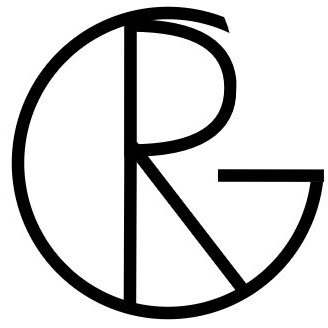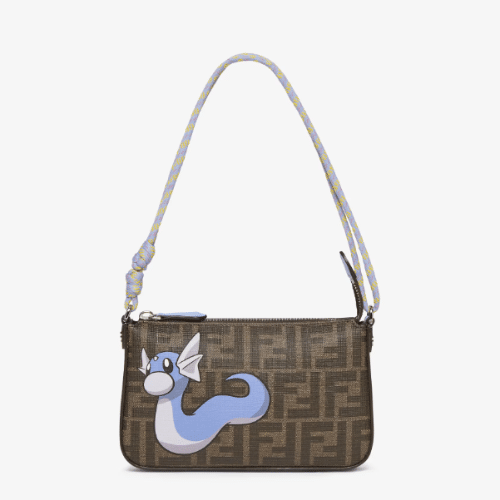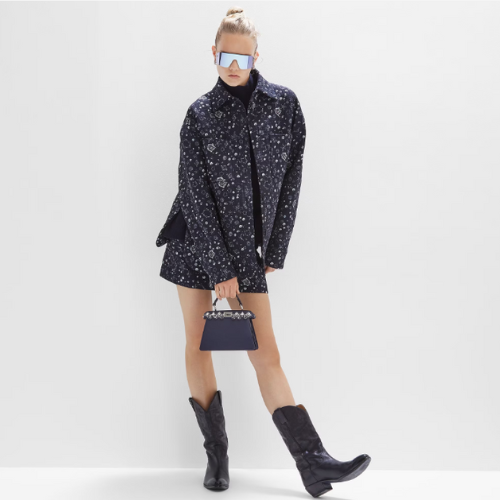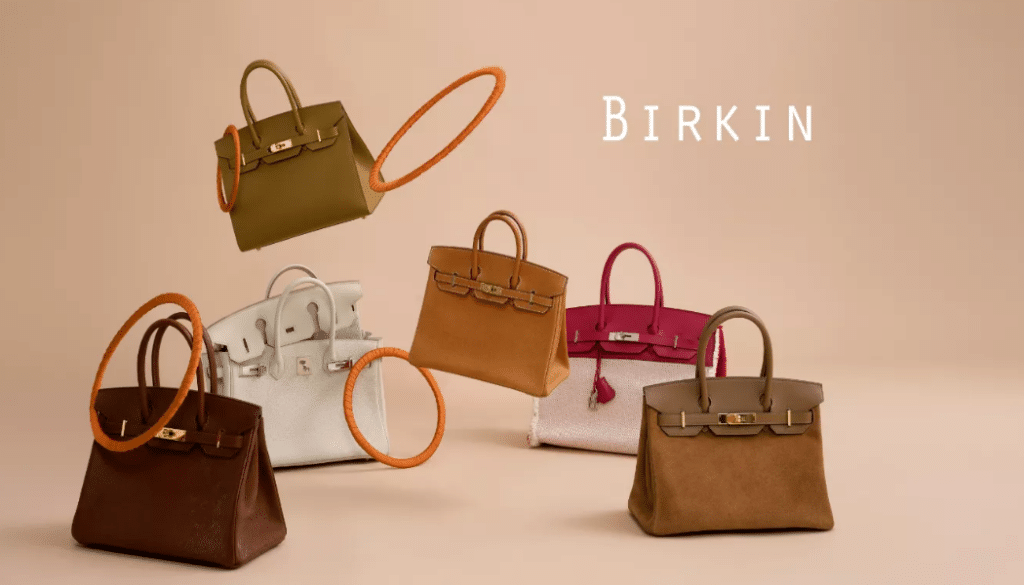With Men’s Fashion Week in Milan last week and Paris Fashion Week starting this week, I thought it would be the perfect time to continue with the series “High Fashion: The Sustainability Initiatives of …”.
This week, we’ll discuss high fashion brands Miu Miu, Fendi, and Hermès.
Miu Miu
In 1992, Miuccia Prada, the granddaughter of Prada’s founder, Mario Prada, founded Miu Miu, which is now a fully-owned subsidiary of the Prada Group.
Miu Miu completely adopts Prada Group’s sustainability strategy and does not have its own sustainability page. The Prada Group’s commitment is divided into three pillars – Planet, People, and Culture.
For the “Planet” strategy, Prada Group outlines its commitment to reducing the environmental impact, incorporating science-based targets. This includes ambitious goals to reduce greenhouse gas emissions across various scopes, with targets set for 2026 and 2029. Additionally, the strategy emphasizes using low-impact materials in both product development and packaging.
Furthermore, the group actively promotes circularity by ensuring that materials and production waste are repurposed and reused. Miu Miu shows this commitment to circularity through its innovative collection, “Miu Miu Upcycled,” breathing new life into vintage garments, bags, and accessories.
Under the “People” pillar, the Prada Group strongly emphasizes fostering diversity, equality, and inclusivity. The group also highlights its commitment to responsible and conscious behavior related to health and safety throughout the whole value chain.
For “Culture,” Prada Group extends its dedication to preserving artistic expressions, including philosophy, literature, architecture, and cinema.
Despite these commitments, obtaining comprehensive information on Miu Miu’s initiatives proves difficult. The Prada Group website lacks specificity, and the brand falls short of providing concrete evidence of progress toward its sustainability goals.
Taking this into consideration, it is not surprising that Miu Miu receives a “Not Good Enough” score on Good On You.
On the transparency index, Miu Miu scores between 31 – 40%.
Fendi
Italian fashion house Fendi was founded in 1925 by Adele Casagrande. After her marriage to Edoardo Fendi, the Central Rome Store was rebranded as Fendi, marking the beginning of a legacy. Since 2001, Fendi has been part of the luxury group LVMH.
Fendi’s commitment to sustainability is organized into three pillars – responsible product, planet care, and people first.
In the “Responsible Product” section, Fendi highlights its dedication to using sustainable materials obtained with ethical and mindful practices towards both people and the environment. The brand provides detailed insights into the material they use, highlighting the percentage that is certified, along with their target percentage. Materials mentioned include GOTS-certified organic cotton, recycled silk, and recycled synthetic materials. Moreover, Fendi ensures product compliance by excluding hazardous and harmful chemicals from their products.
Fendi, renowned for its use of various animal-derived materials such as fur, pelts, leather, and exotic crocodile leather, places an emphasis on ensuring ethical sourcing and production in compliance with the highest standards of sustainability and responsibility. The brand has numerous certifications and traces the origin of these materials to show its dedication to transparency and accountability. By working with certifications, Fendi aims to reassure consumers that its use of animal-derived materials aligns with rigorous ethical and sustainable guidelines.
Fendi is adopting a circular approach, with the goal to eliminate the use of raw materials entirely by 2026. In addition, Fendi prioritizes waste reduction through innovative design, leveraging a waste management system that facilitates recycling and breathes new life into materials, creating a sustainable cycle for their stock.
In the section “Planet Care,” Fendi only discusses two topics – stores’ impact and sites’ impact. Fendi is working on making all their stores more efficient using the Leadership in Energy and Environmental Design (LEED) certification. Additionally, Fendi ensures that all its stores and sites rely exclusively on 100% renewable energy sources.
In the “People First” section, Fendi emphasizes its commitment to the safety and well-being of its employees. The brand mentions its responsibilities and day-to-day activities through a code of conduct. Furthermore, Fendi provides its employees with access to the LVMH alert line. This platform empowers employees to raise concerns or seek guidance when they identify potential violations of the brand’s standards.
While Fendi’s sustainability page showcases an extensive and detailed commitment to sustainability, there are areas that need further exploration. Most notable is the limited information on the treatment of workers downstream in the supply chain. Fendi would benefit from providing more information, as well as providing certain certifications to enhance its credibility.
On Good On You, Fendi receives a score of “Not Good Enough”. Moreover, Fendi scores between 51 – 60% on the transparency index.
Hermès
Hermès traces its origins back to 1937, when Thierry Hermès founded the brand. Initially, it specialized in crafting high-quality harnesses and bridles for carriages, catering to the elite across Europe, North Africa, Russia, Asia, and the Americas. While the brand still produces saddle products, it is best known for the prestigious Birkin bag, with prices starting at approximately $10,000.
To showcase its commitment to sustainability, Hermès provides comprehensive information about its initiatives on the website.
The brand has set Science Based Targets to achieve net-zero emissions by 2050. To realize this goal, Hermès has made significant pledges, including a transition to 100% renewable electricity and energy, a 50.4% reduction in absolute values of scope 1 and 2 emissions, and the defossilization of its industry sites.
Recognizing the global challenge of biodiversity loss, Hermès has formulated a strategy centered on four pillars: train, collaborate, assess, and act. The brand endeavors to educate its employees on biodiversity challenges, collaborate with NGOs, measure its own biodiversity footprint, and take proportionate actions to address these concerns.
Eco-design holds a crucial place in Hermès, defined as designing products that adhere to sustainable development principles. This involves minimizing non-renewable resources, prioritizing renewable resources, and ensuring waste recovery through reuse, repair, and recycling.
Hermès also underscores its commitment to animal welfare, emphasizing humane and ethical practices. Collaborating with various partners, the brand adheres to fundamental principles of animal welfare. While striving for full traceability of animal-derived materials, Hermès currently only traces a minority back to the first production stage. The brand does hold certifications for its leather and works with different organizations and non-profits. Nevertheless, Hermès employs various exotic animal-derived materials, including horns.
Emphasizing the significance of workplace diversity, Hermès underscores this aspect in its ethics section. Gender equality is a key focus, with the brand noting that a majority of its workforce, constituting 67%, comprises women. In addition, Hermès is concerned with the integration of people with disabilities and senior citizens.
Furthermore, on the same page, Hermès also explains its commitment to human rights by detailing the ongoing efforts of its legal compliance department. This team continually strives to identify potential risks to human rights and fundamental freedoms, developing preventive measures to avoid violations. Hermès conducts regular assessments of suppliers to verify their commitments.
While Hermès offers comprehensive information on its sustainability commitments and outlines many objectives to enhance the brand’s environmental practices, there are some areas where improvements can be made. One thing that would benefit Hermès is to obtain more certifications to enhance transparency and credibility. Right now, the brand does have several, but it is not enough. Obtaining more relevant certifications would substantiate its claims, reinforcing its commitment.
On Good On You, Hermès receives the score of “Not Good Enough”. Hermès received a score of 21-30% on the transparency index.
Conclusion
Upon examining these brand’s websites, it is evident that they aim to provide extensive information on their practices, objectives, and goals. However, they often do not provide corresponding evidence and measurable progress, which makes them less credible and transparent.
Notably, the three brands all fall short of providing details on the employees further down the supply chain. While acknowledgment and statements are made, the absence of certification and information on, for example, living wages raises concern.
Certification and a more thorough examination of practices throughout the supply chain could fortify the brands’ commitment to ethical and responsible business practices.
Last, while we previously discussed that vegan alternatives are not always a better option, I would like to see a reduction in the use of exotic animal-derived materials, especially virgin materials.
Sources
All pictures link to their source, and all credits go to the rightful owners.
You can find the header picture here.








